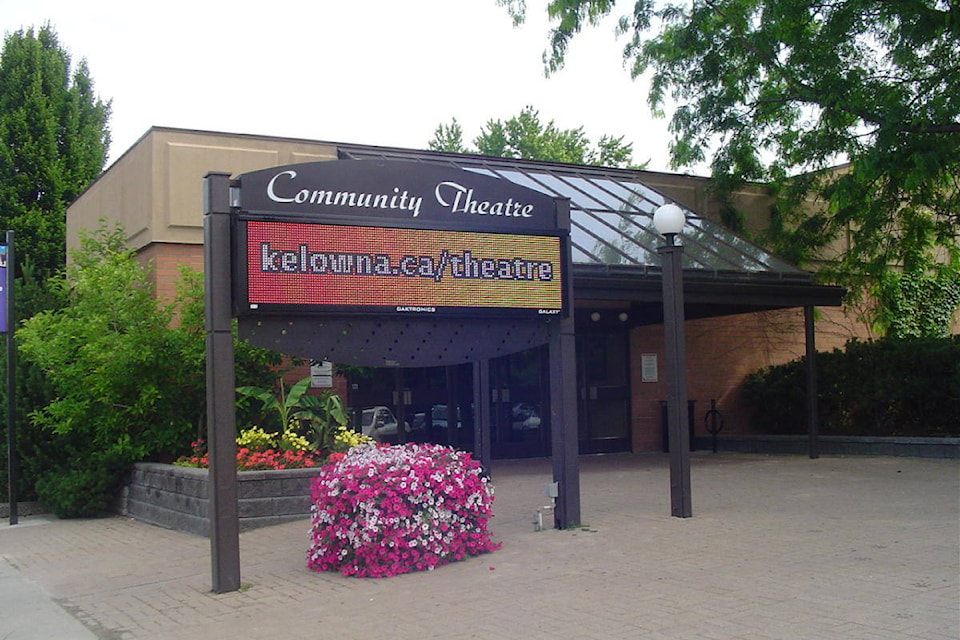The City of Kelowna is going to start giving extra thought to the design and construction of public buildings, amenities and parks after conducting an assessment of all of its public buildings and parks.
The assessment, conducted by two summer students working for the city, looked at a long list of aspects to discern how friendly they were for a large number of users, including seniors, parents with babies and toddlers, the deaf and hard-of-hearing, the blind and visually impaired, people with mobility challenges, people with cognitive, memory and learning challenges and even caregivers for people challenged in any manner.
City parks and buildings planning manager Robert Parlane said the findings will not necessarily result in a sudden massive retrofit of existing city infrastructure, but will help educate design teams for when new amenities are added and retrofits are done.
“The challenge is one size does not fit all,” said Parlane.
The assessment looked at 157 parks and 76 buildings using hundreds of checklist items.
For parks, major assessment areas included vehicular access, paths of travel, site furniture, signs, amenities and even ways of helping create spaces that encourage social connectedness.
Parlane said loneliness and isolation have become issues for some in the community and public amenities need to be inviting.
For buildings, some of the assessment areas included entrances, washrooms and change rooms, signs, interior travel paths, assembly areas and theatre seating, recreation facilities and, once again, ways to promote social connectedness.
But Parlane said one of the biggest challenges is that improvements that may help one group, may hinder another.
He gave an example of water fountains that are built to be cantilevered out from a wall to make them easier to use by people in wheelchairs. But without a base running to the floor, those same water fountains are very difficult to find by blind people relying on a cane to navigate.
While the assessment found that in many areas the city has made large strides in improving access for a larger number of people in its public spaces, there are still areas where improvements can be made.
Electronic door openings for instance—which help people not strong enough to pull open heavy doors especially in adverse weather conditions—could be installed in buildings such as the Kelowna Community Theatre.
Also, pea gravel in children’s playgrounds makes it impossible for anyone in a wheelchair to help their child use the play equipment.
The assessment was welcomed by council, with Mayor Colin Basran saying it continues the move his council has made a priority—making sure Kelowna is a community for accessible for all.
Parlane told council that his experience has been that people who face challenges regularly because of particular physical, mental or other challenges are not likely to complain about issues such as the one raised by the assessment. Instead, they will likely find ways to deal with the issues they face.
By addressing some the challenges in future building design, he said it’s hoped they will not have to find those ways of just dealing with those challenges because the challenges will not be there.
